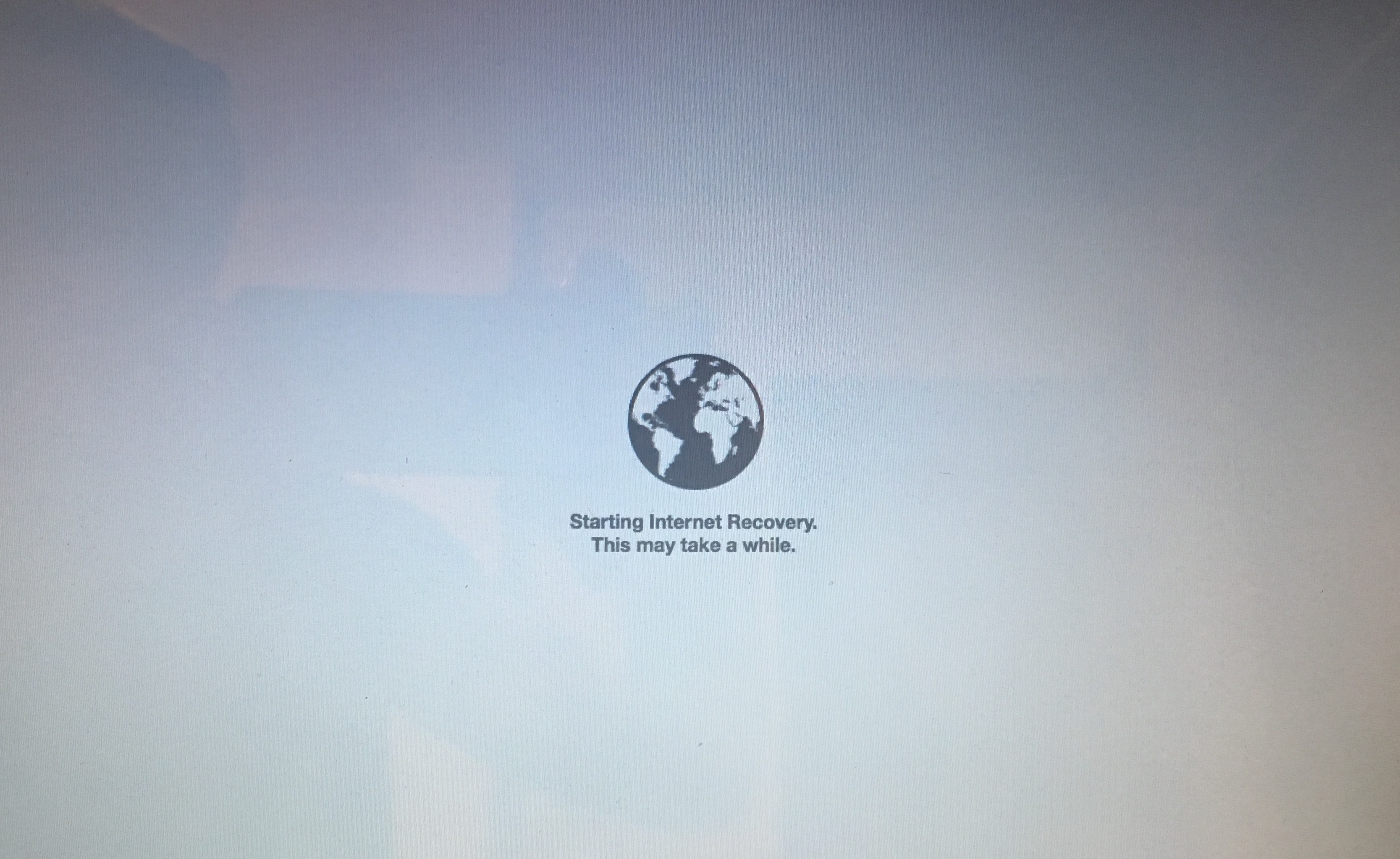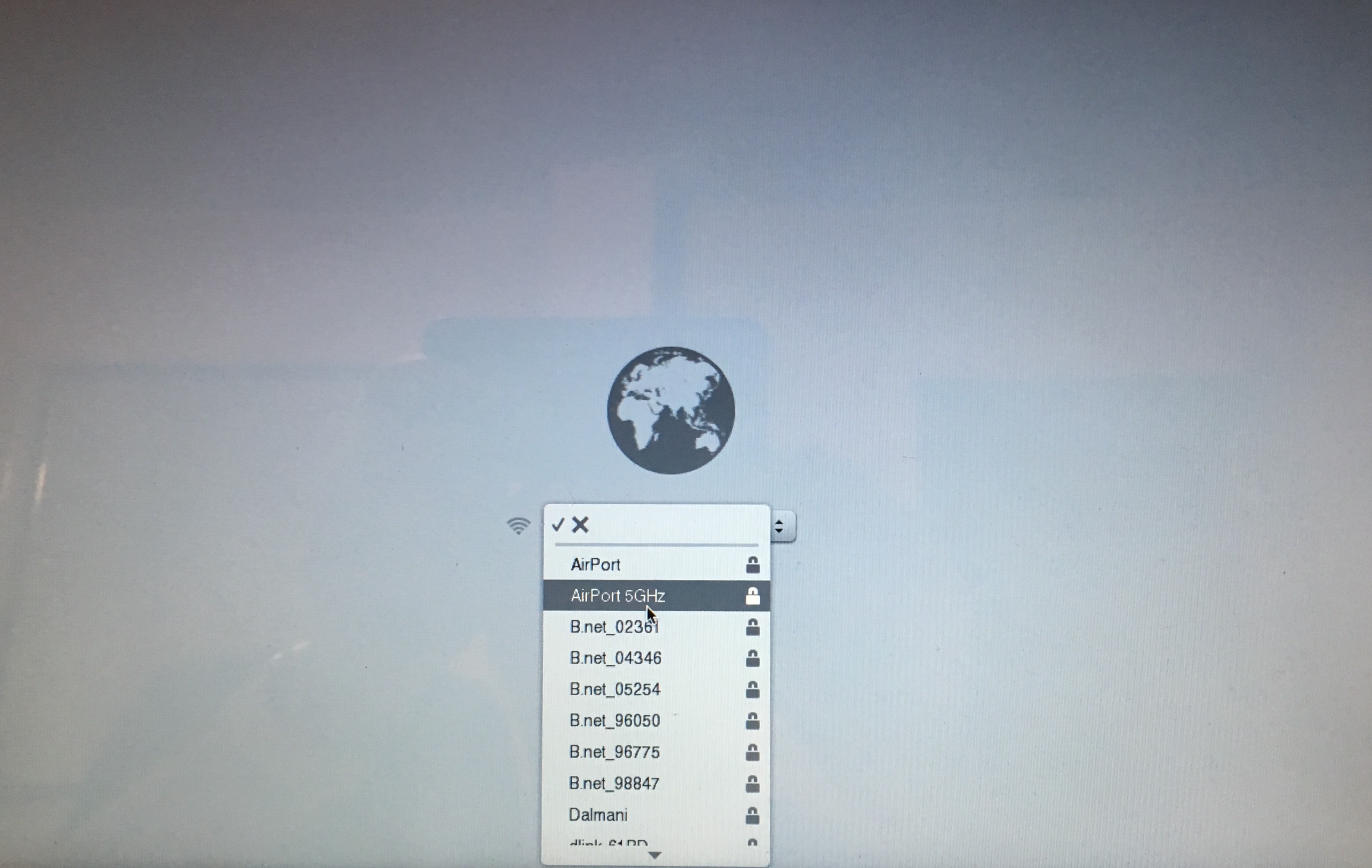

- #Mac os recovery image how to
- #Mac os recovery image mac os x
- #Mac os recovery image install
- #Mac os recovery image software
- #Mac os recovery image download
But even if your Mac has this feature, you’ll still benefit from having an emergency drive, as it can take a while to download the Recovery HD partition. If none are found, your Mac downloads and boots from a Recovery HD image. Starting with the introduction of APFS in macOS High Sierra (10.13) in 2017, the "Recovery HD" was stored in a hidden volume instead of a partition. Here, we’ll discuss macOS Recovery’s main features and explain why each one is useful. First, your computer’s memory and hard drive are checked for major issues. The mode would bring up a window of options, titled "Mac OS X Utilities", later "OS X Utilties" and "macOS Utilities", before being replaced by a simpler untitled palette.
#Mac os recovery image mac os x
Mac Recovery Mode was first introduced in 2011 with Mac OS X 10.7 (Lion) and was stored in a hidden HFS Plus partition.

Restore from a volume: Click the “Restore from” pop-up menu, then choose the volume you want to copy.
#Mac os recovery image install
This is the volume that is erased and becomes the exact copy. If you dont have a Recovery partition, then you can always install macOS via its Internet Recovery feature.
#Mac os recovery image software
In the sidebar, select the volume that you want to restore, then click the Restore button. Download APFS, HFS+ data recovery software to recover files deleted with the command Cmd + Delete, as well as files lost after cleaning the Trash Bin. (If you don’t create a partition, this process will use all of the available space on the drive, no matter how large it is. If the drive is larger than 1 GB, consider partitioning it to make a 1 GB partition for the recovery disk.
#Mac os recovery image how to
See Partition a physical disk in Disk Utility on Mac. macOS Recovery is the built-in recovery system on your Mac. Here’s how to create an emergency USB drive: Connect a hard drive or USB drive to your computer. The destination disk must have as many partitions as the disk image, and each of the disk’s partitions must be at least as large as the corresponding partition in the disk image. DMG that holds the structure and contents of a storage disk or volume. What if the DMG File itself is Deleted or Lost Apple disk image file is a particular file with the extension of. In the Disk Utility app, select the disk in the sidebar, click the Partition button, then partition the destination disk. Create DMG File Using a Mac Data Recovery Software 4.


The disk image’s volumes appear as disks in the Finder. In the Finder on your Mac, double-click the disk image to open it. To restore a disk image with multiple volumes to a disk, you must partition the destination disk, then restore each volume individually.


 0 kommentar(er)
0 kommentar(er)
